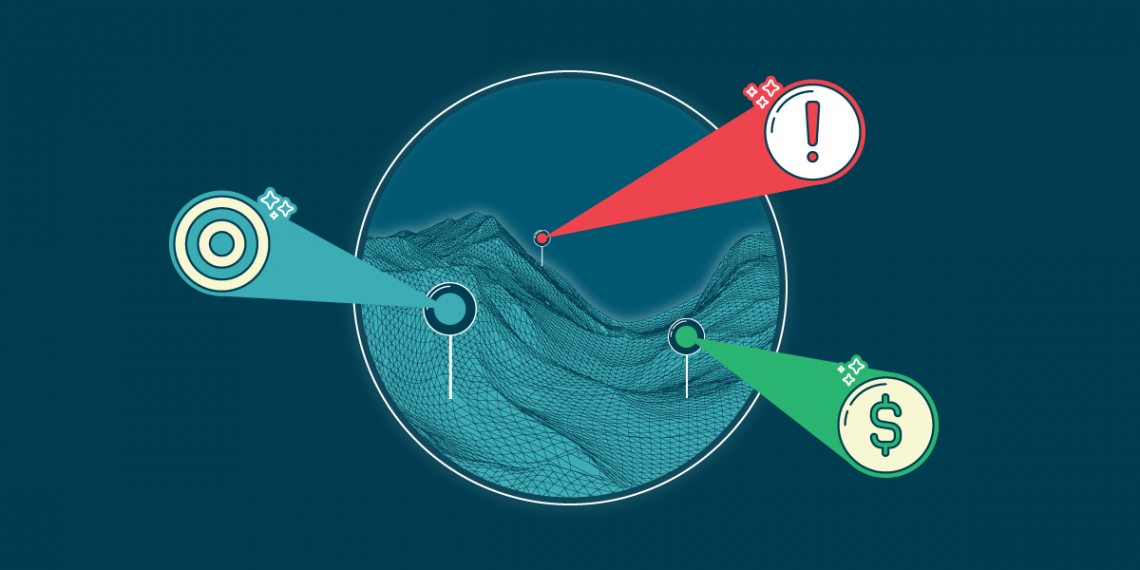Have you run out of innovative ideas for your brand? Maybe it’s time to consider a co-branding strategy. Collaboration on new products and services can be beneficial for both brands. Co-branding is more than a co-marketing strategy. Besides cross-promotion, a co-branding strategy includes a joint creation of new products and services which represent both brands. This way, each brand is leveraging each other’s brand values, synergizing on its strengths and creating added value.
If done right, the positive effects of co-branding or affinity partnership are much more than launching a new product and/or service. It opens a new door to new markets and increases exposure and brand awareness. It also serves as a reputation and customer loyalty booster. Joining and aligning efforts, both brands can benefit from profitability, cost savings, increased revenue streams and increased sales. The list of benefits goes on and on.
You can find partners to collaborate with across industries. Even if it seems like a misfit at first, some of the greatest co-branding examples have shown us how such a joint venture can produce innovative ideas and grant us great products and services.
1. BMW and Louis Vuitton
How can a car company benefit from a luxury designer and vice-a-versa? Maybe not obvious at first, but both of their target customers are mostly high-class customers with a great appreciation for a luxury lifestyle. The end result of this collaboration was a Louis Vuitton luggage set that fit perfectly into the trunk of a BMW i8, and it was a great hit for both, or as some like to call it, the art of travel.
2. GoPro and Red Bull
Now this one might seem more obvious. Both represent fireless, adventurous, somewhat extreme brands and are top choices amongst athletes, travelers and explorers. Both like to push the limits and go where no man has gone before. Their most popular and extreme collaboration was the Stratos project which had us all amazed.
3. Bonne Bell and Dr. Pepper
This collaboration between a cosmetic company and a carbonated soft drink resulted in success for both companies that have lasted from 1975. until today. Each leveraged on the other brand value and proved that co-branding can create a win-win situation for both.
4. H&M and luxury designers
H&M has collaborated with some of the world’s high-end designers such as Versace, Balmain, Jimmy Choo and Kenzo. This resulted in more affordable designer-wear for H&M’s customers, and a new market as well as exposure for luxury designers.
5. Apple and Nike
Apple Watch paired with Nike+ provided both brands’ customers with a completely new experience and definitely resulted in creating added value for both brands.
These are just some of the examples of co-branding done right. There are much more equally successful out there. Starbucks and Spotify, Betty Crocker and Hershey’s, Apple and MasterCard, famous people and certain brands and so on. It all goes down to providing something and gaining in return. Co-branding is not a one-way street. Can you think of a good partner for co-branding and boosting your business’s efficiency?
You are definitely at the right place then. Innovation Cloud is not only a great partner in your innovation process but can boost the collaboration between you and your partners and take it to the next level. If you haven’t done it yet, co-branding will be the next logical step for your business, and Innovation Cloud will be there to assist you every step of the way in co-creating innovative products and/or services.







As a marketing analyst this is a really helpful piece. Leveraging branding for co-innovation is very intelligent.